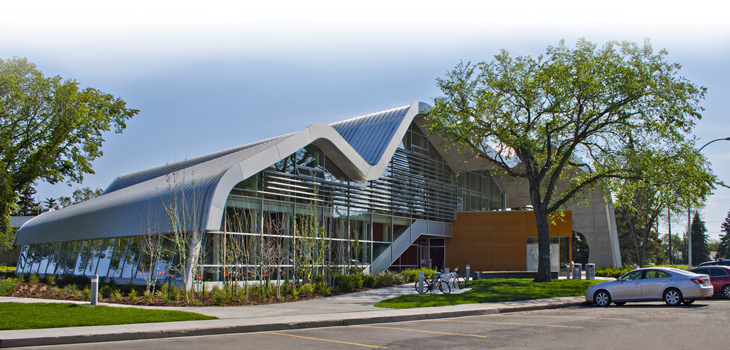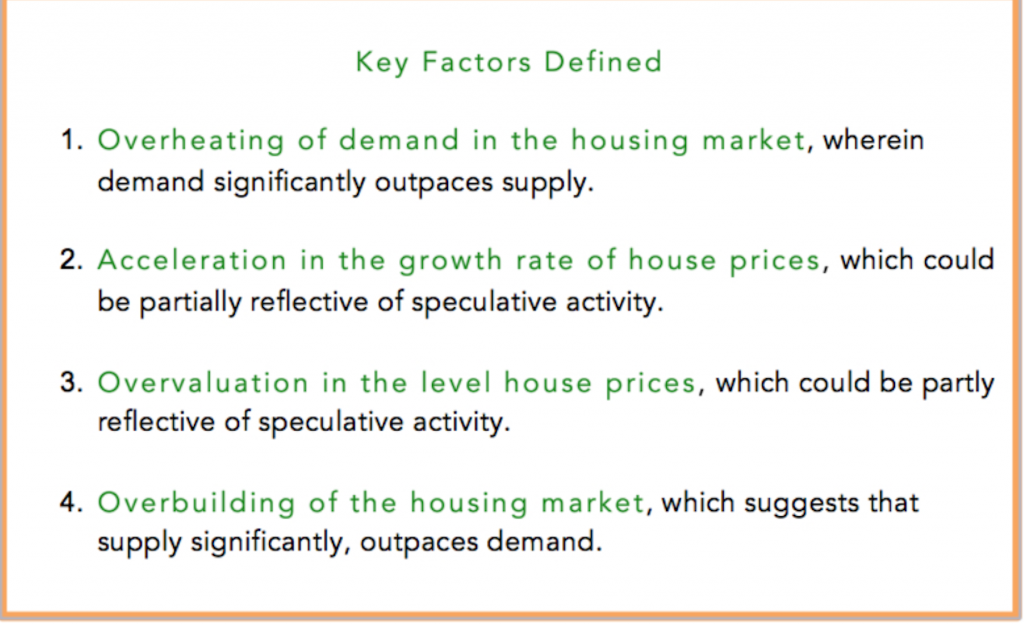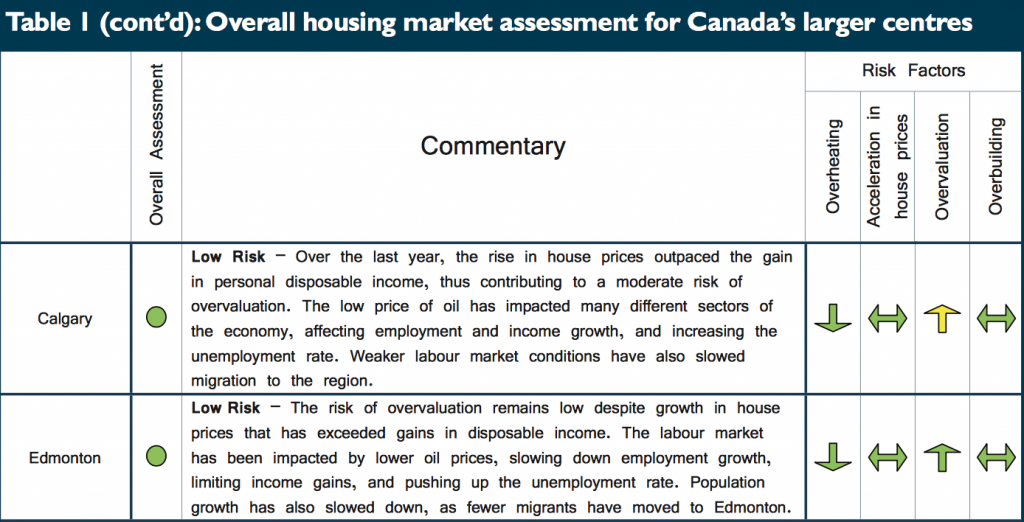Market Remains Stable Amidst Expected Seasonal “Dip”
Friday, September 16th, 2016 Economic forecasts are rampant, particularly in industry driven regions like Alberta, yet amidst the highs and lows we have seen the Edmonton real estate market remains remarkably steadfast amidst the unrest. Upon review of recent fall statistics, the EREB is cited as noting the market to be “stable” due to only “marginal dips in prices and unit sales”. This resiliency is surely a welcome reprieve for buyers and sellers trying to determine if they can weather the storm, so to speak.
Economic forecasts are rampant, particularly in industry driven regions like Alberta, yet amidst the highs and lows we have seen the Edmonton real estate market remains remarkably steadfast amidst the unrest. Upon review of recent fall statistics, the EREB is cited as noting the market to be “stable” due to only “marginal dips in prices and unit sales”. This resiliency is surely a welcome reprieve for buyers and sellers trying to determine if they can weather the storm, so to speak.
Some words of assurance come to use from REALTORS® Association of Edmonton chair Steve Sedgwick,
“Alberta’s economy has been under enormous pressure for some time, but the residential real estate market in the Edmonton Census Metropolitan Area continues to hold. Prices and unit sales for all residential homes are consistent with last year, down less than 1% and 2% respectively,”
Sale prices on average have dropped only a marginal 4% in month over month comparisons but they key comparison factor, year over year statistics, remain the same as fall of 2015, levelling out at $369, 956. Single family homes reflected an identical 4% month over month percentage drop averaging out at $434, 362 (compared to last year’s $450, 362), while EREB figures show a year over year decrease of “less than 1%”. Condo prices show the same negligible year over year consistency, and a month over month decrease of only 2% to $251, 526. Finally, in the rowhouse/duplex category, residences averaged out at $344, 377 which is a year over year decrease of just 2%, and a 1% month over month drop.
A small dip was seen across residence categories in unit sales figures, with a month end total of 1,433 sales. This total reflects a 5% and 2% decrease month over month and year over year, respectively. More specifically, this total breaks down to 861 single family homes sold, 406 condominium units, and 136 duplex/rowhouses. Two categories showed a small decline in total overall sales from the year previous; a 3% drop for single family homes, 6% for condominiums. However, duplex/rowhouses which have been a popular style particularly in the 2015/2016 financial cycle showed a year over year increase of 11%.
In terms of listings, the MLS system saw 7908 available properties by month end, a small 2% decline from the previous month’s total of 8,048. Inventory this time last year fell to 7227 MLS properties, meaning we have seen a 9.4% inventory increase.
Sedgwick once again assuages buyers and sellers alike, explain how very expected these small seasonal lulls are seen to be,
“While this is one of the most active times of the year, we are seeing both listings and sales tapering off as we move into the fall months. This is standard in our local real estate cycle,” said Sedgwick. “While unit sales for condos have been impacted the most, prices remain stable. This is thanks in part to the continuing trend of unit sales of over $750,000 that are keeping average sales price of condos elevated by almost 3%.”
Finally, the days on market factor is reported by the EREB as “consistent” in year over year review. Average days on market was about 55, the same as this time last year, and one day less in month over month comparisons. Single family homes came in at 49 days, condominiums at 62 days, and duplex/rowhouses leveled out at 56 days.
















